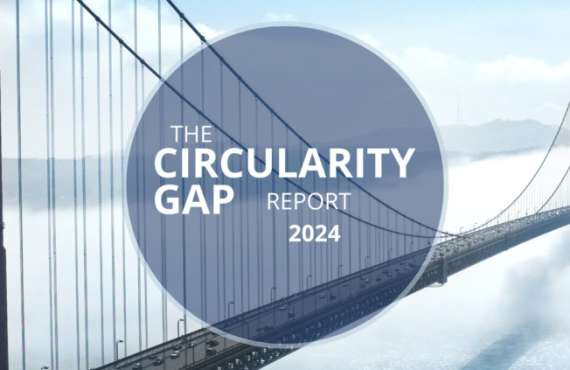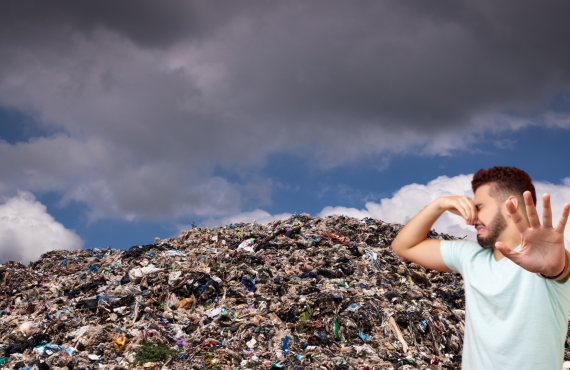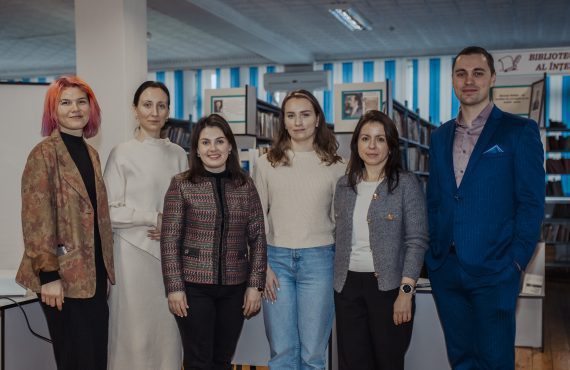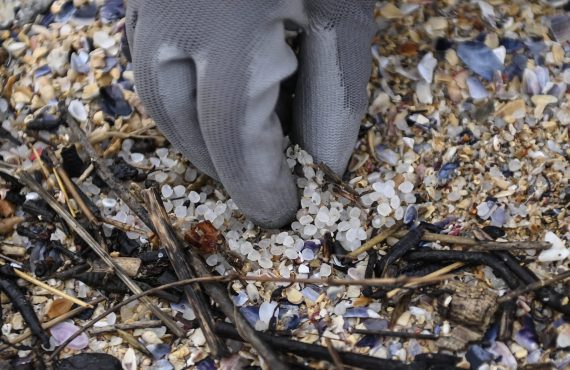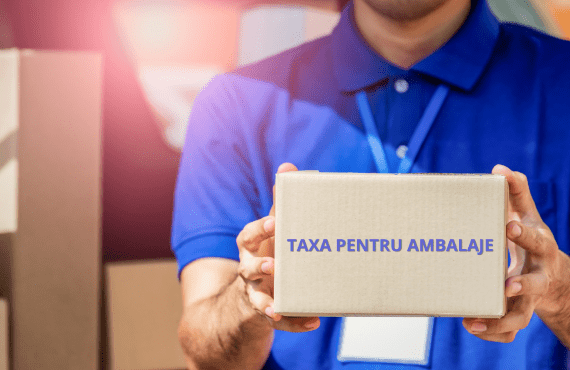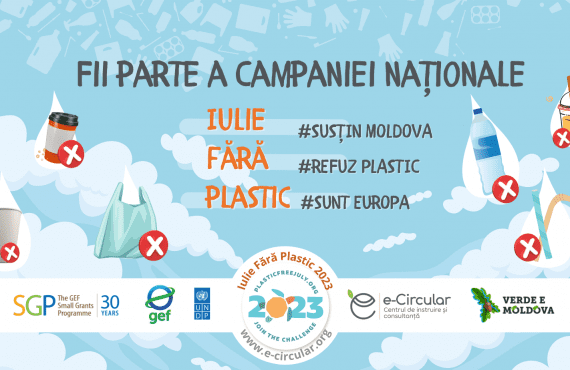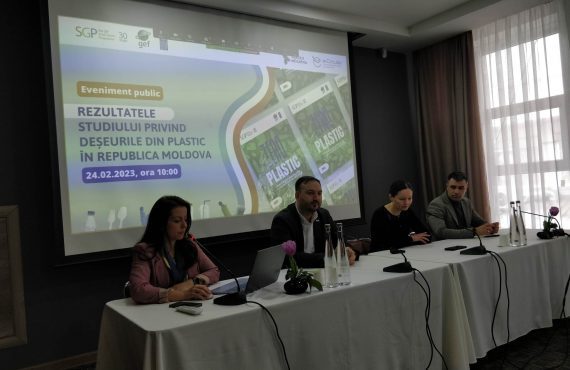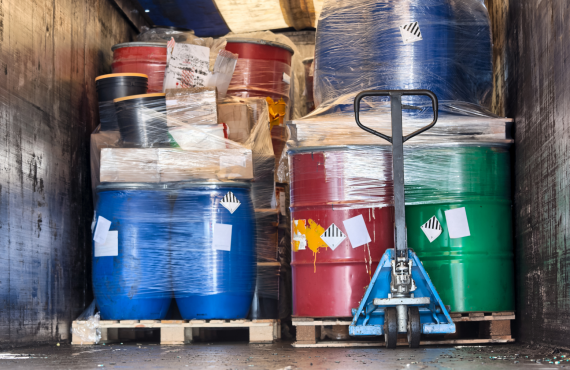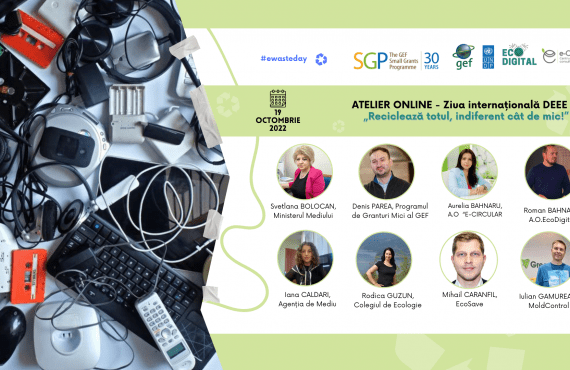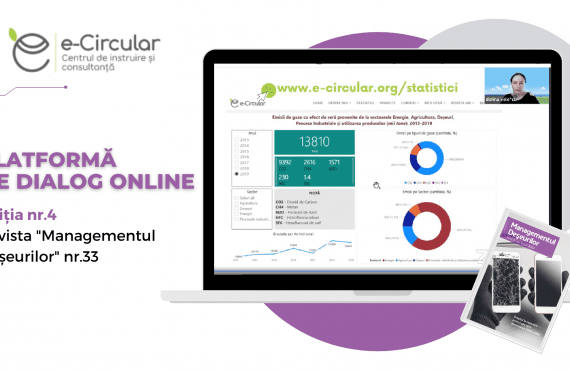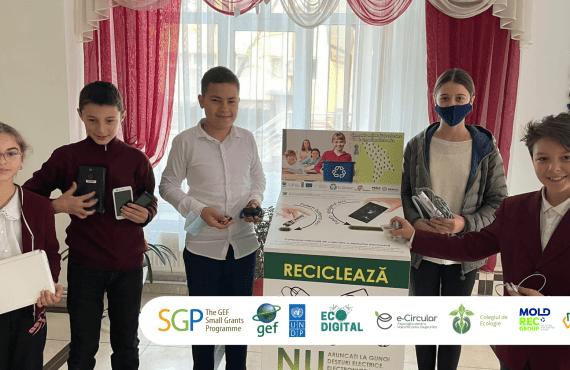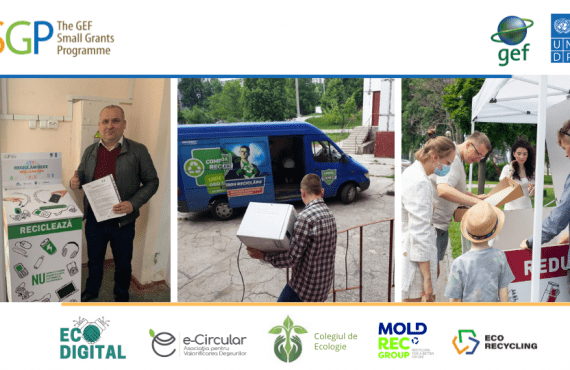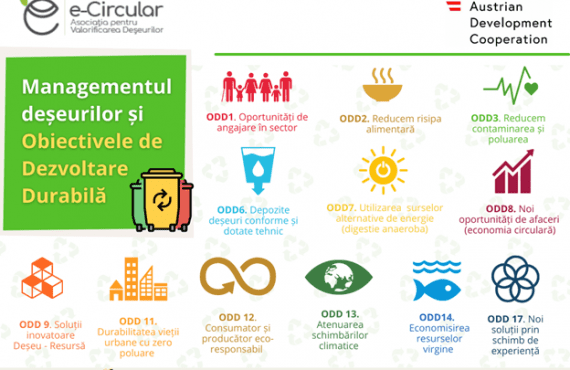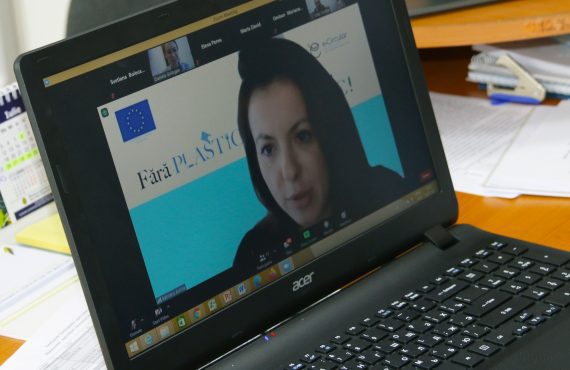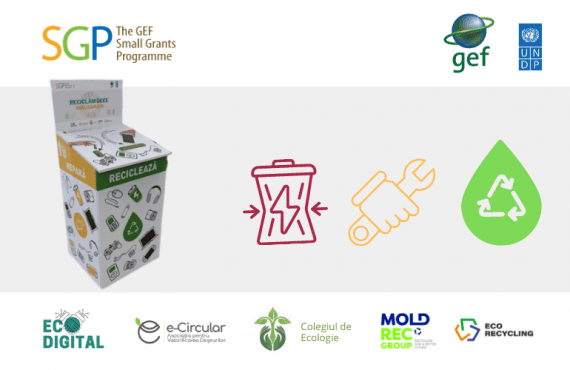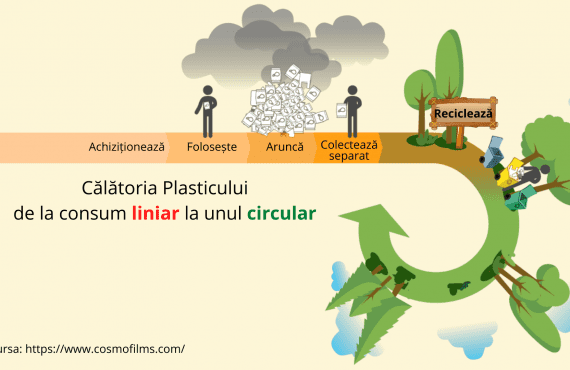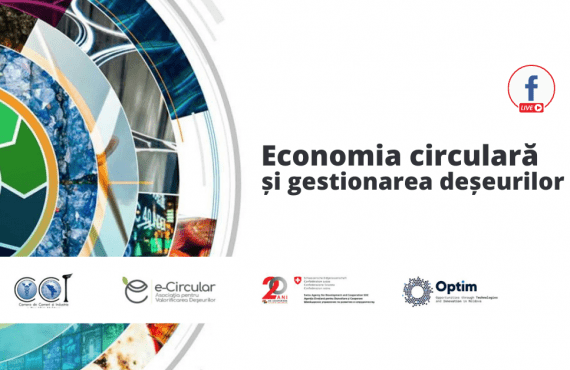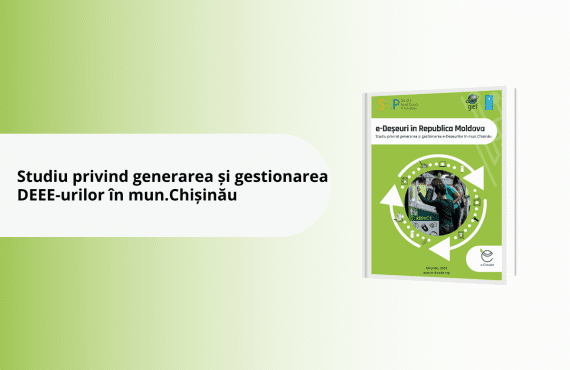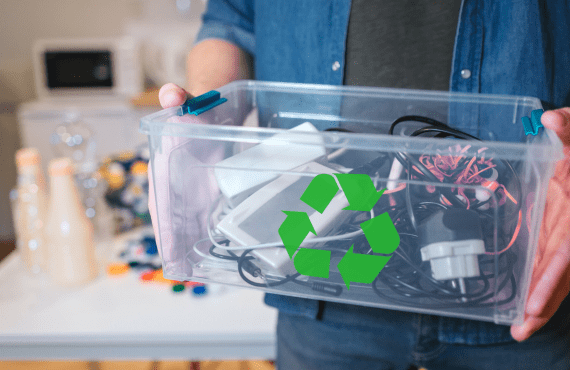AO EcoDigital presents the results Study on the generation and management of WEEE in the Republic of Moldova, carried out within the project "We recycle WEEE and realize the SDGs" implemented with the support GEF SGP Moldova Small Grants Program, UNDP Moldova, during March 2021- May 2022.
The study presents an overview of the WEEE management sector at the national level through the lens of consumer preferences and current management practices of EEE and waste resulting from it. At the same time, the data collected and published in this study present a first analysis at the national level on the concept of REPAIR (Repair), as the most optimal solution to reduce WEEE according to the Waste Hierarchy and the best way to slow down the growth of WEEE
In the Republic of Moldova, accordingly Regional E-waste Monitor CIS+Georgia, 2021, each citizen generates on average 4.9 kg of WEEE annually or a total of 17.4 thousand tons, of which only 0.04 kg of WEEE/person is managed eco-responsibly. These modest results are conditioned by the lack of recycling infrastructure at national level and the dependence on other European countries for treatment activities. Authorized operators only carry out the activity of collection and transport.
For 2020, according to data published by the Environment Agency, only 330 tons of WEEE were collected by the operators (or 1.9 % of the total generated). These "modest" results are largely determined by poor logistics infrastructure as well as still a low level of understanding and responsibility of natural and legal persons regarding the rules for separate collection of WEEE and the obligation to work only with authorized operators for the collection and transport of WEEE, even if not an economic remuneration results.
SUMMARY OF STUDY DATA:
i. HOUSEHOLD EEE AND DURATION OF USE
- On average, there are 17 electronic devices in every household;
- The top 10 equipment in the household are: TV, washing machine, iron, mobile phone, refrigerator, vacuum cleaner, hair dryer, mixer, electric kettle, laptop;
- About half of the households have a TV and half of the households have 2 or more TVs in the household;
- The main reason for purchasing a new equipment is Replacing a defective old equipment with a new one (49% of the respondents);
- The mobile phone is the equipment that is changed most often (on average once every 3-5 years), the equipment that has the longest period of use is the television (on average once every 7-9 years), and the refrigerator on average a given every 10 years.
II. REPAIR EEE DEFECTS
- If an equipment breaks down, 9 out of 10 households try to repair it;
- The main reason why equipment repair is NOT desired is the high cost for these services (54% of respondents who do NOT repair equipment);
- The mobile phone is the equipment that is repaired most often – 6 out of 10 respondents have repaired the mobile phone during the last year, and the TV and the refrigerator are repaired the least often;
- 6 out of 10 respondents want to receive training to be able to repair a faulty equipment by themselves.
III. WEEE AND MANAGEMENT PRACTICES
- 4 out of 10 households keep/store WEEE;
- 2 out of 10 households give WEEE to scrap metal, and 1 out of 10 households throw it in the garbage, along with other waste;
- 1 out of 2 respondents of the study mentioned that equipment waste is NOT collected in the locality, 2 out of 10 said that WEEE is collected free of charge, and 1 out of 10 mentioned that WEEE is collected against payment;
- Half of the respondents mentioned that Lack of collection points is the main Obstacle for NOT collecting WEEE;
- Half of the respondents think that it is most convenient for them to have someone come to pick up their WEEE from home.
In conclusion, based on the data collected and analyzed by the Study, a series of recommendations based on the principles WASTE HIERARCHY, effective tool used globally to identify and promote activities that can contribute to reducing the amount of e-waste generated, updated with components of CIRCULAR ECONOMY to also address the life cycle of electrical and electronic products analyzed at each of the stages of design, manufacture, distribution, consumption, reuse and repair, followed by collection, recycling, treatment and disposal.



